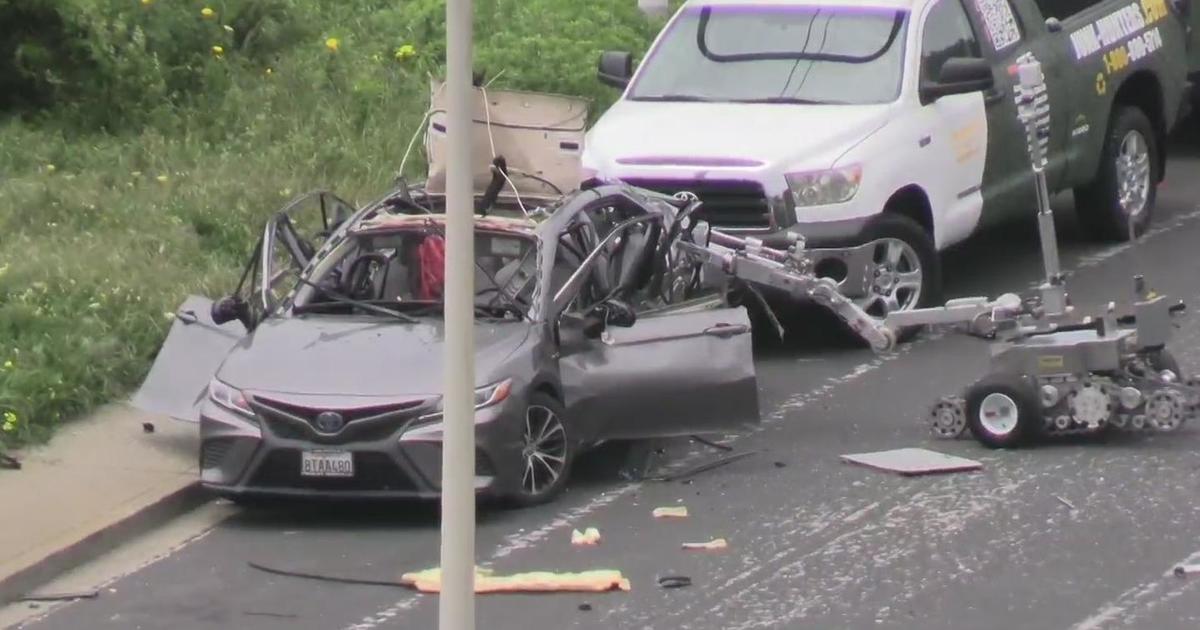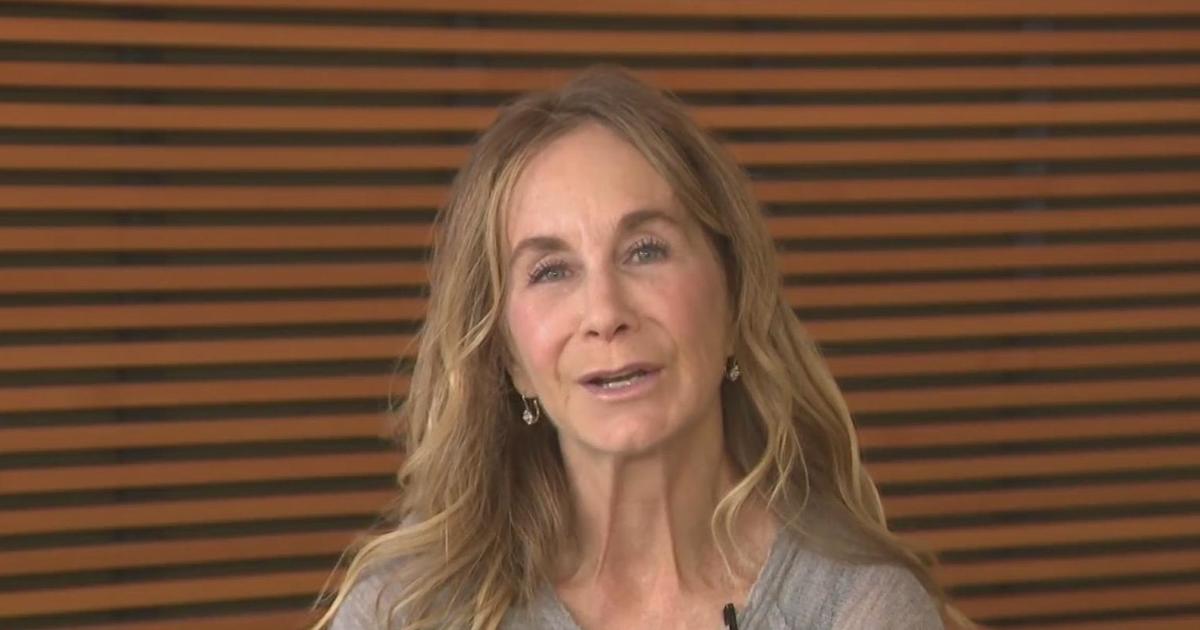Crescent City Harbor Shows Signs Of Life Following Tsunami
CRESCENT CITY (KCBS) - Activity is ramping up at the severely-damaged harbor in Crescent City after eight-foot waves from the Japan tsunami wreaked havoc on the commercial fishing epicenter, destroying docks and sinking more than a dozen boats.
An enormous crane, shipped on a barge from San Francisco, has arrived at the Crescent City harbor, considered one of the busiest harbors along California's northern coast.
By Sunday evening, six sunken vessels had been hoisted from the depths of the water by the crane.
The Coast Guard also reported successfully removing more than 1,300 gallons of spilled fuel from the water, though yellow boom was still visible around the harbor as a precaution.
Local and state disaster officials planned to meet this week to review the cleanup that has taken place thus far, and consider whether enough money has been set aside to complete the job.
In the meantime, sidelined fishermen were being encouraged to take advantage of a generous donation by grocery giant Safeway, which committed $20,000 to out-of-work fishermen who needed assistance buying food and other staples.
"They're giving away $100 (gift) cards for fishermen that are out of work," explained Crescent City councilman Rich Enea. "That's going to come in very handy as the guys, you know, are trying to find other jobs to do to get back to work."
A few fortunate fishermen have been able to fire up their boats and return to the high seas, breathing new life into the ravaged harbor.
"The fish processing plant here at the harbor has reopened. In fact, they brought a boatload of crab in, over 3,000 lbs. about three days ago," said Enea. "The harbor is starting to come back with the commercial fishing. They're going to put up some temporary docks in the outer harbor to get the fishing boats back there, 45 of them have to go to Eureka because there were no moorings here but they're going to be coming back shortly."
The boats' impending return is made possible by a new channel put into place.
"[The National Oceanic and Atmospheric Administration] came up with a side sonar system to check where the sand had shifted under the water and they have a channel now so the boats can come in," Enea explained.
(© 2011 CBS Broadcasting Inc. All Rights Reserved. This material may not be published, broadcast, rewritten, or redistributed.)



